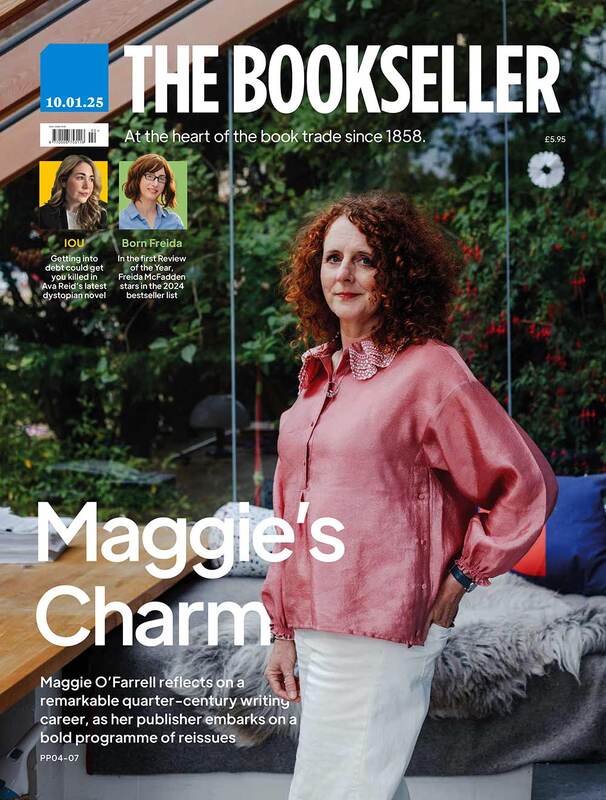You are viewing your 1 free article this month. Login to read more articles.
Moneyball
This week’s Review of the Year analysis highlights that we are in the midst of a golden age of narrative, an unprecedented moment in publishing, with fiction enjoying a record period.

Last week I attended a celebration for the late US publisher Steve Rubin, organised by his friend the agent Clare Alexander, and attended by other luminaries from publishing’s recent past, including Gail Rebuck, Victoria Barnsley, Ursula Mackenzie, David Young and Patrick Janson-Smith. Speeches came from current Simon & Schuster UK c.e.o. Ian Chapman, the author Sebastian Faulks, Alexander, music journalist Norman Lebrecht and Rabbi Julia Neuberger.
A late entrant to publishing, and perhaps because of that a true polymath, Rubin will be remembered for publishing The Da Vinci Code and creating one of those bestsellers that are notable both for their sales and longevity. In the speeches he was remembered by Alexander as “arguably or perhaps unarguably” the most successful commercial publisher of his generation – not an editor so much as a “great publisher”. Sebastian Faulks talked of how exciting it was to be around him, even if Faulks was uncertain that the books got a close reading. “He really didn’t care about the minutiae, he cared about the big picture,” he said.
I did not know Rubin well – he was at Transworld when I first came into the business after which he went back to the US to work at Doubleday and then Macmillan. He was well regarded but not always as well liked, and the publication of his memoir Words & Music last year ago turned some friends against him. That seems unfair. We should be able to appreciate different perspectives from a life well lived, without feeling troubled.
We are likely in the middle of something not seen since the late 1990s
What I enjoyed most about the event – apart from its general warmth – was its unabashed celebration of the bestseller. John Grisham, Dan Brown and latterly Michael Wolff were his standouts. But beyond that, Rubin loved the deal and the sale, and the mechanics behind both. As Ian Chapman reminded the gathering, Rubin had once said that when he read something wonderful he saw dollar signs. “He loved books especially those on the bestseller lists, and he knew how to get them there,” added Chapman with affection. This is publishing as I know it, and far away from the image portrayed in the media and on social media of editors indifferent to the money. The best publishers love the sale and the story, finding readers for the books they have fallen for.
This week’s Review of the Year analysis shows that we are in a golden age of narrative, with fiction enjoying a record period, led by TikTok-friendly areas of Science Fiction & Fantasy (up 24.9%) and Romance & Sagas (up 17.4%). Given how much additional fiction is absorbed in digital formats, we are likely in the middle of something not seen since the late 1990s when those big paperbacks, including latterly Da Vinci, ruled.
And yet when it comes to celebrating these genre hits, we will likely do so in ways more muted than if they were not at the commercial end of the market. This week’s Nielsen Bestseller Awards – which reward books that have sold 250,000 copies and more – was a welcome counter to that, but Rubin’s love of the hit provides a lesson for us all.



















